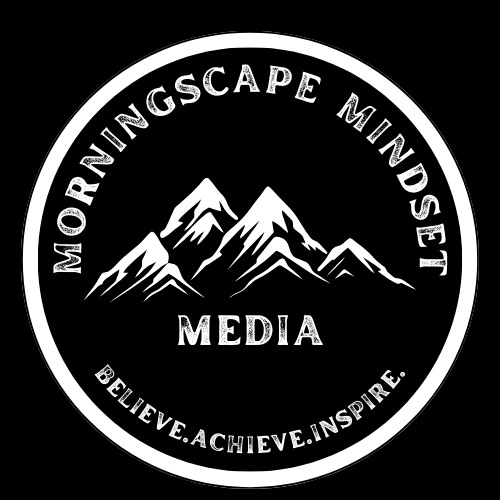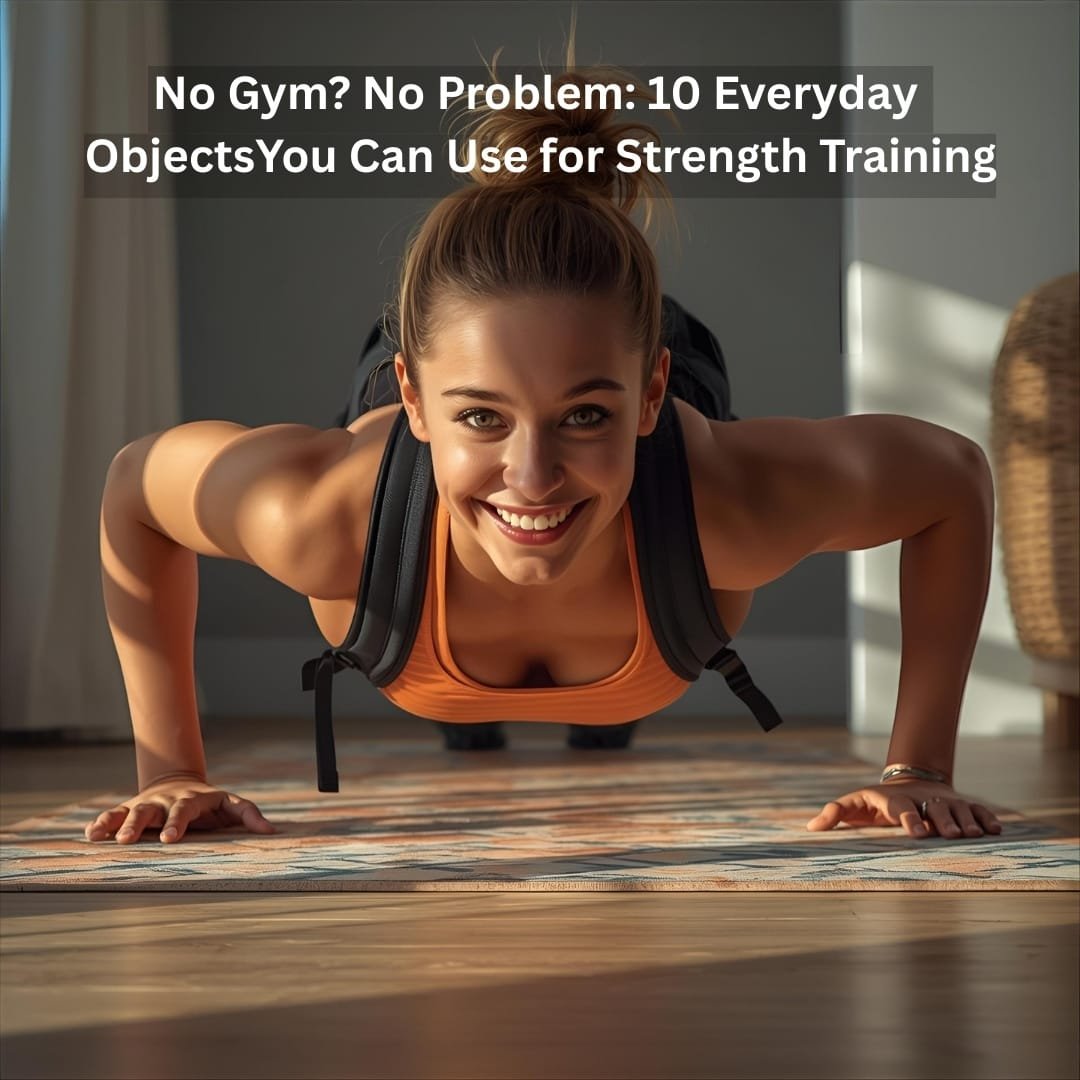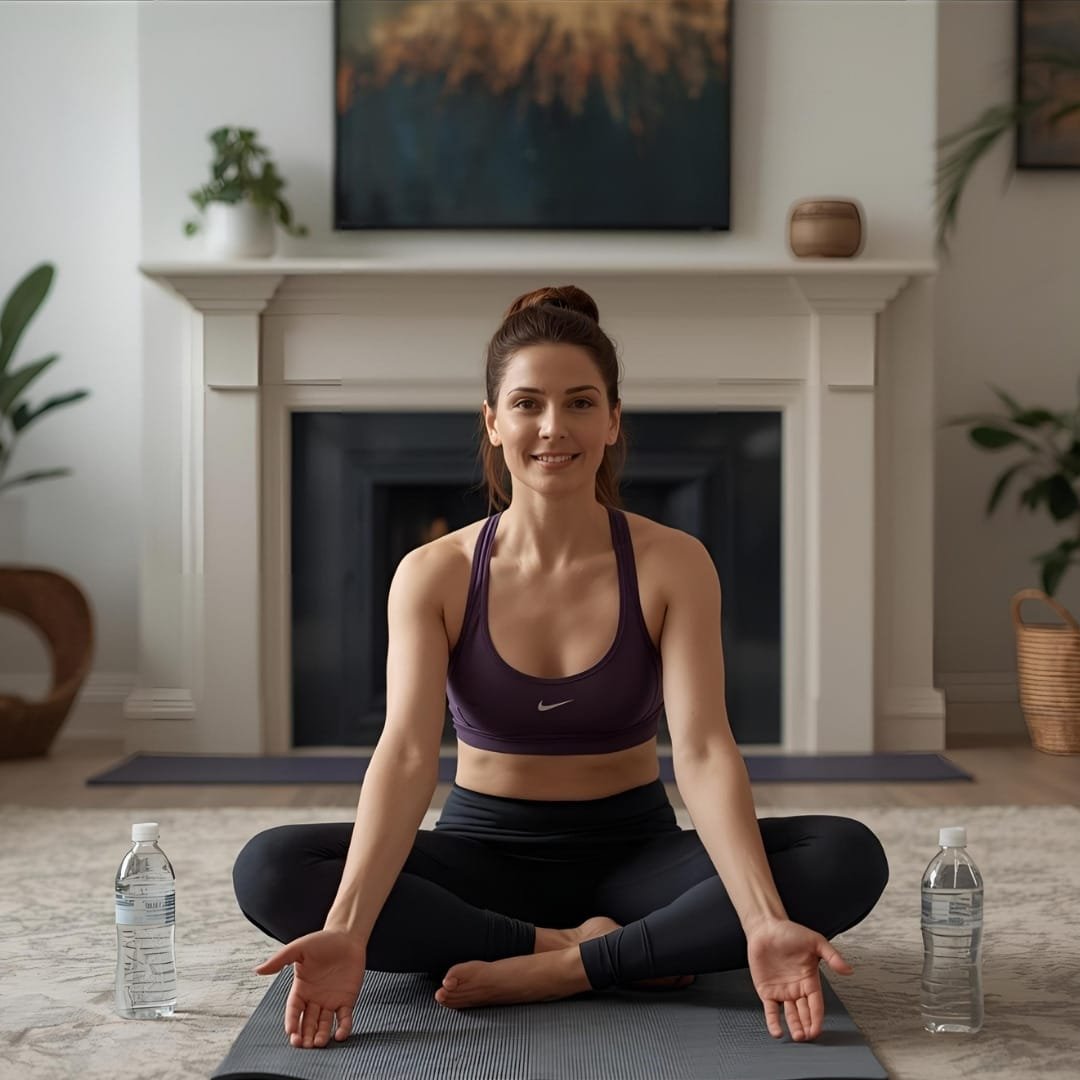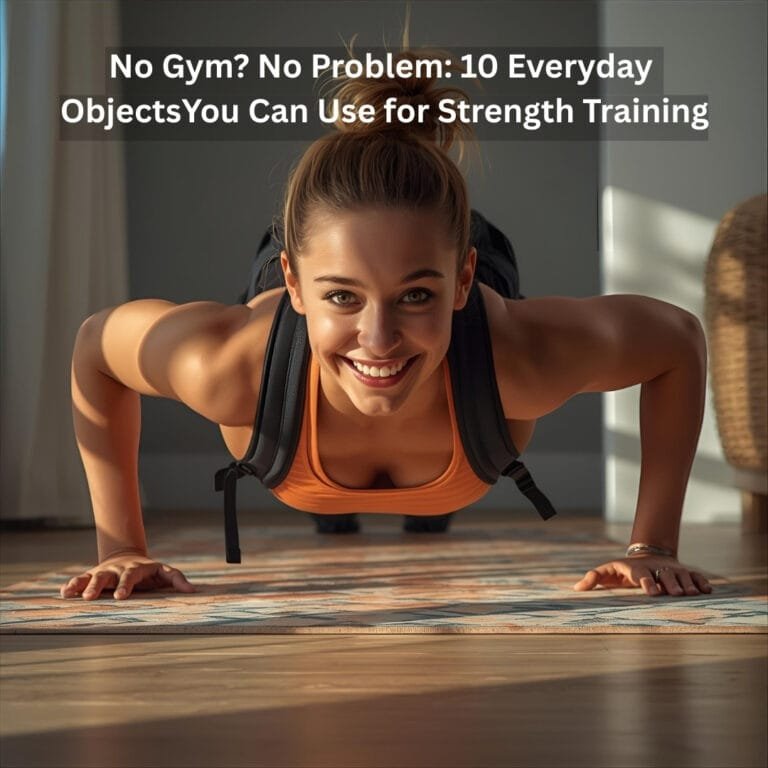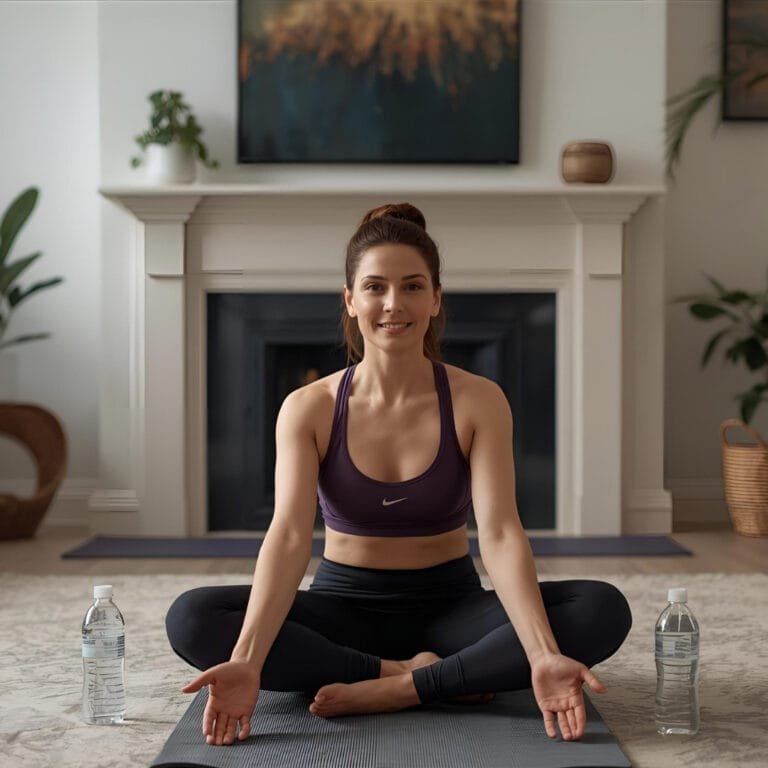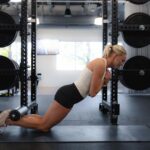Disclosure:
Thank you for reading this post, don't forget to subscribe!
Some of the links on this website are affiliate links. This means that if you click on the link and make a purchase, we may receive a small commission at no extra cost to you. Your support helps us keep the site running.Learn more on my Privacy Policy and Affiliate Disclosure page. Thank you for your support!
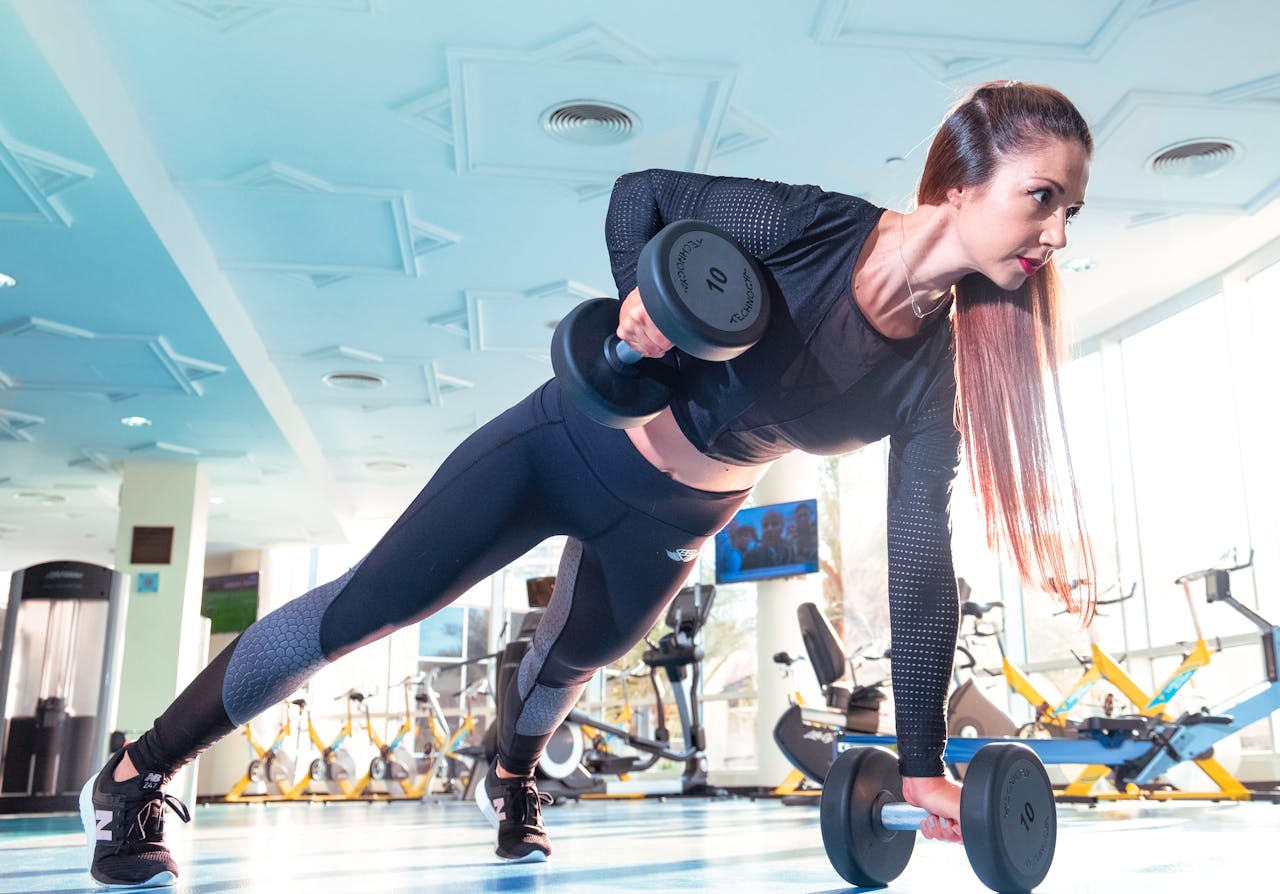
Women’s fitness is a dynamic and evolving field, reflecting the diverse needs and goals of women across various stages of life. Whether you’re a beginner looking to start a fitness journey or an experienced athlete seeking to optimize your performance, understanding the nuances of women’s fitness can significantly enhance your approach. This comprehensive guide addresses the most frequently asked questions about women’s fitness, providing insights, tips, and strategies to help you achieve your health and wellness goals.
What is Women’s Fitness FAQ: Your Top Questions Answered?
Women’s fitness encompasses a wide range of activities, routines, and practices aimed at improving physical health, strength, endurance, and overall well-being. This guide, “Women’s Fitness FAQ: Your Top Questions Answered,” seeks to provide clear, concise, and actionable information tailored specifically for women. From understanding the basics of starting a fitness routine to exploring advanced techniques and strategies, this guide covers it all.
Why is Women’s Fitness Important?
The importance of women’s fitness cannot be overstated. Regular physical activity offers numerous benefits, including improved cardiovascular health, enhanced muscle strength, better mental health, and increased longevity. Despite these benefits, many women face barriers to maintaining a consistent fitness routine, often due to common misconceptions and societal pressures.
Benefits: Engaging in regular fitness activities helps in weight management, reduces the risk of chronic diseases, improves mental health, and boosts self-esteem. Additionally, fitness plays a crucial role in maintaining hormonal balance, particularly during different life stages such as menstruation, pregnancy, and menopause.
read next: How To Create A Customized Workout Plan-making exercise a part of your life you genuinely look forward to.
Common Misconceptions: One of the biggest misconceptions about women’s fitness is the fear of becoming too bulky through strength training. However, women typically do not have the same level of testosterone as men, which means that strength training results in a toned and sculpted physique rather than excessive bulk.
How to Start a Fitness Routine?
Starting a fitness routine can seem daunting, especially for beginners. However, with the right approach and mindset, it can become an enjoyable and rewarding part of your life.
Beginners: Begin with setting realistic and achievable goals. Identify activities you enjoy, as this increases the likelihood of sticking to the routine. Whether it’s walking, dancing, or swimming, the key is to start moving.
Setting Goals: Clearly defined goals provide direction and motivation. These could be short-term goals like losing a certain amount of weight in a month or long-term goals like running a marathon.
Overcoming Barriers: Common barriers include lack of time, motivation, and resources. Address these by scheduling workouts as you would any important appointment, finding a workout buddy, and utilizing online resources and home workout equipment.
What are the Best Exercises for Women?
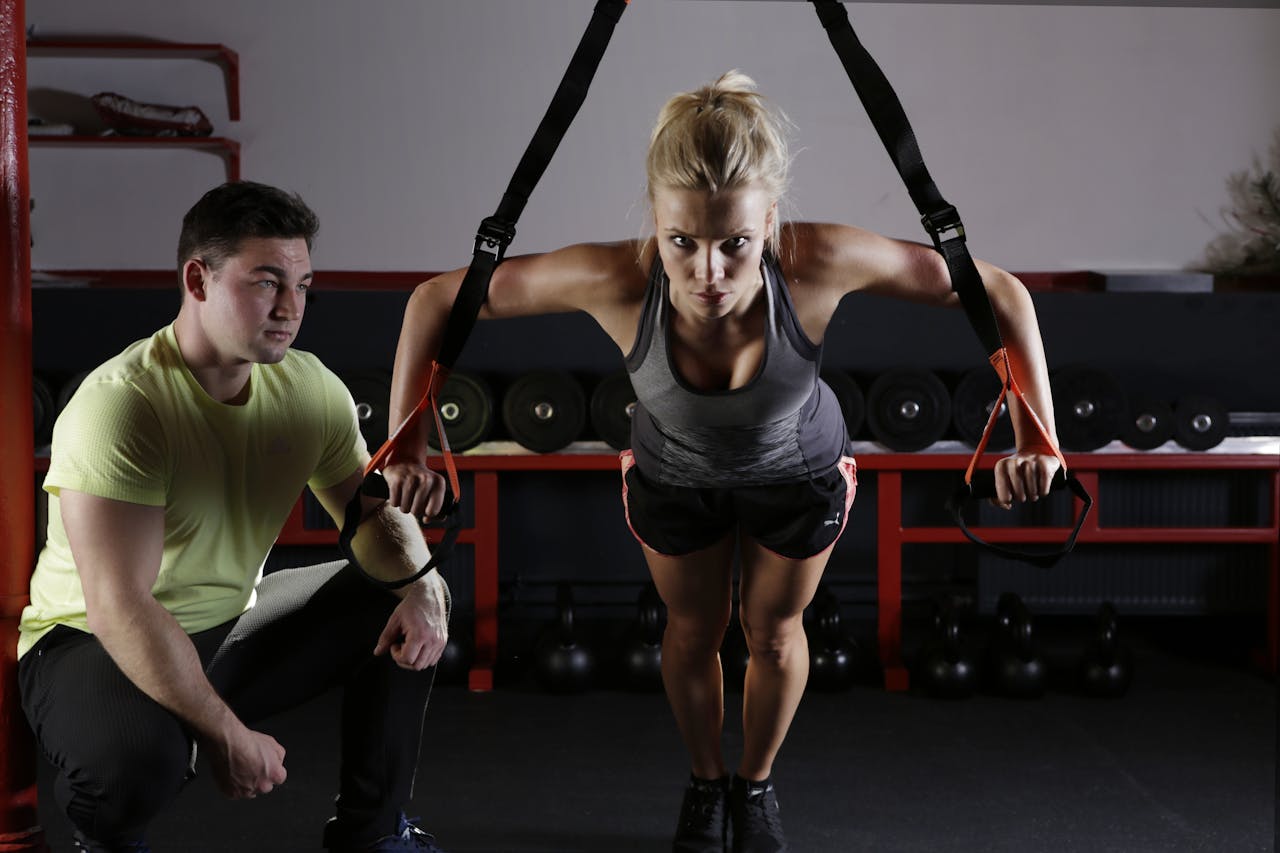
Choosing the right exercises is crucial for achieving desired fitness outcomes. A balanced fitness routine should include cardio, strength training, and flexibility exercises.
Cardio: Cardiovascular exercises such as running, cycling, and swimming are excellent for burning calories and improving heart health. Aim for at least 150 minutes of moderate-intensity cardio per week.
Strength Training: Incorporating strength training exercises like weightlifting, resistance band workouts, and bodyweight exercises helps in building muscle, increasing metabolism, and enhancing bone density.
Flexibility: Flexibility exercises such as yoga and stretching improve the range of motion, reduce the risk of injuries, and promote relaxation.
learn more about: Fitness program-5 steps to get started(Are you thinking about starting a fitness program? Good for you! You’re only five steps away from a healthier lifestyle).
How Often Should I Work Out?
Determining the frequency and duration of workouts depends on individual fitness goals, current fitness level, and overall health.
Frequency: For general health, aim for at least 3-5 days of exercise per week. This can include a mix of cardio, strength training, and flexibility exercises.
Duration: Each workout session should last between 30-60 minutes. Adjust the duration based on the intensity of the workout and personal fitness goals.
Rest Days: Incorporating rest days into your fitness routine is essential for muscle recovery and preventing burnout. Listen to your body and allow adequate time for rest and recovery.
What Should I Eat for Optimal Fitness?

Nutrition plays a vital role in achieving fitness goals. Proper fueling before and after workouts can enhance performance and recovery.
Nutrition Basics: A balanced diet rich in fruits, vegetables, lean proteins, whole grains, and healthy fats provides the necessary nutrients for energy and recovery.
Pre/Post-Workout Meals: Consuming a combination of carbohydrates and proteins before a workout ensures sustained energy levels. Post-workout, focus on protein-rich foods to aid muscle recovery and repair.
find out more about: Beginner Workout Plan-4-Week Strength Training And Cardio Womens Health Magazine.
How to Stay Motivated in Fitness?
Staying motivated is often one of the biggest challenges in maintaining a fitness routine. However, there are several strategies to keep your motivation levels high.
Tips: Set short-term and long-term goals, track your progress, and reward yourself for achievements. Engaging in activities you enjoy and varying your workout routine can also keep things interesting.
Success Stories: Hearing about others’ fitness journeys can be incredibly inspiring. Join fitness communities, either online or in-person, to share experiences and gain support.
Support Systems: Having a workout buddy or a personal trainer can provide accountability and encouragement. Additionally, family and friends can offer emotional support and motivation.
What Role Does Mental Health Play in Fitness?
The connection between mental and physical health is undeniable. Fitness activities can significantly impact mental well-being.
Stress Management: Exercise is a powerful stress reliever. Physical activity increases the production of endorphins, the body’s natural mood lifters, which help reduce stress and anxiety.
Mind-Body Connection: Practices like yoga and tai chi emphasize the mind-body connection, promoting mental clarity, relaxation, and overall well-being.
How to Balance Fitness with a Busy Schedule?
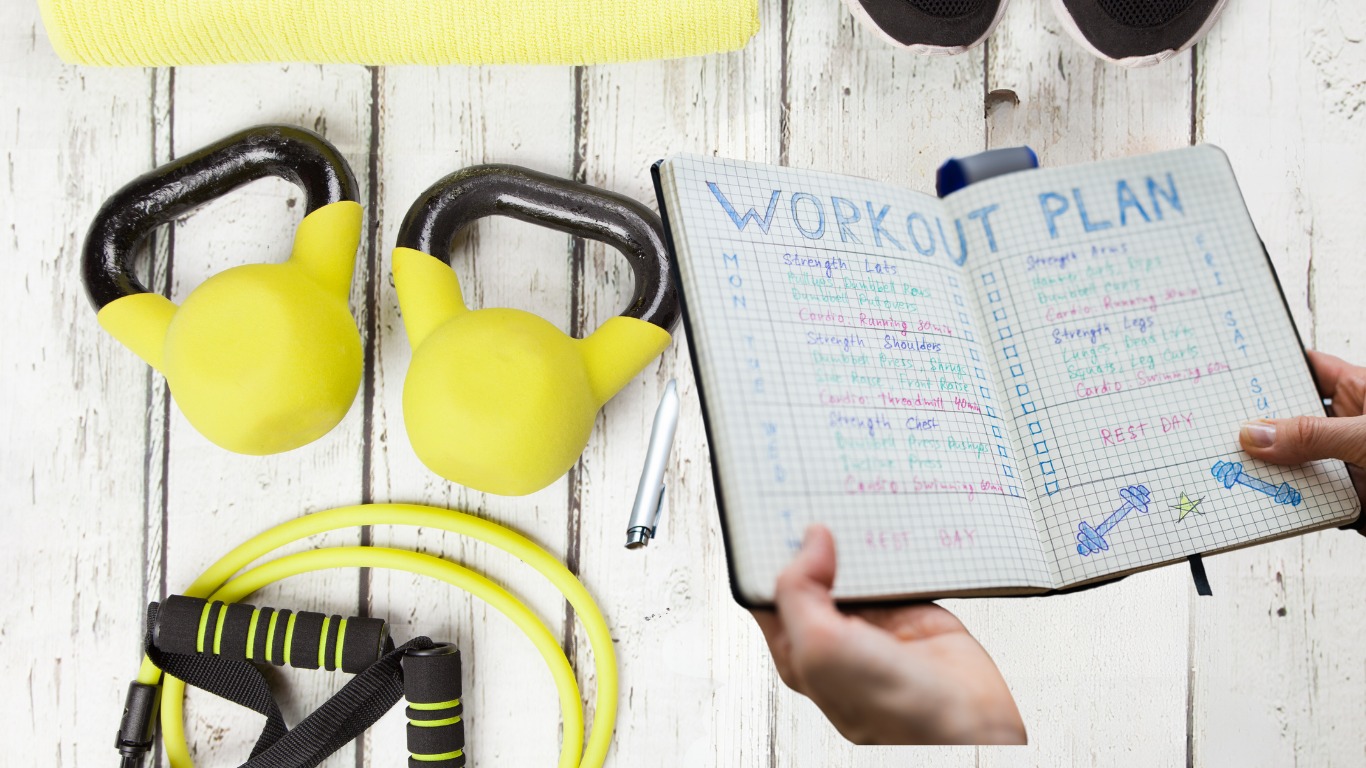
Finding time for fitness amidst a hectic schedule can be challenging but not impossible.
Time Management: Prioritize your fitness routine by scheduling workouts in advance and treating them as non-negotiable appointments.
Quick Workouts: Incorporate short, high-intensity workouts that can be done in 20-30 minutes. HIIT (High-Intensity Interval Training) is an excellent option for those with limited time.
Prioritization: Focus on quality over quantity. Even a short, focused workout is better than no workout at all.
explore more from morningscape mindset media:
Are There Specific Fitness Tips for Different Age Groups?
Fitness needs and goals vary across different age groups. It’s essential to tailor fitness routines to suit these varying needs.
Teens: Focus on building a strong foundation through a mix of cardio, strength training, and flexibility exercises. Encourage participation in sports and physical activities.
Adults: Balance cardio, strength training, and flexibility exercises. Consider incorporating activities that promote mental well-being, such as yoga or meditation.
Seniors: Prioritize low-impact exercises that promote mobility, balance, and strength. Walking, swimming, and chair exercises are excellent options.
How to Avoid Common Fitness Injuries?
Preventing injuries is crucial for maintaining a consistent fitness routine. Understanding common causes and prevention strategies can help.
Prevention: Always warm up before workouts and cool down afterward. Use proper form and techniques, and avoid pushing beyond your limits.
Treatment: In case of an injury, rest the affected area, apply ice, and seek medical advice if necessary. Gradually ease back into your fitness routine to prevent further injuries.
Safe Practices: Listen to your body and make adjustments as needed. Ensure proper equipment and footwear to support your workouts.
What Equipment is Necessary for Home Workouts?
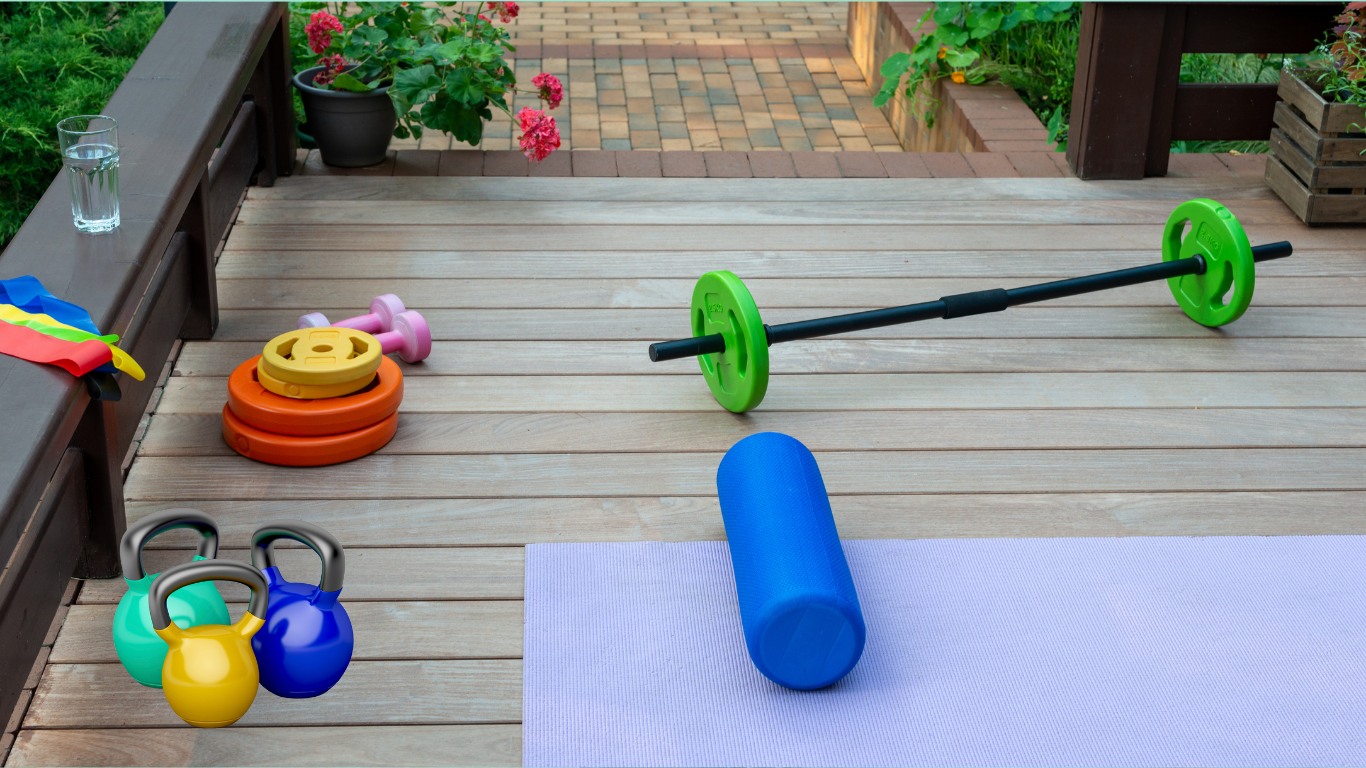
Home workouts are convenient and flexible. Having the right equipment can enhance the effectiveness of these workouts.
Basics: Invest in a good quality yoga mat, resistance bands, dumbbells, and a stability ball. These versatile tools can support a wide range of exercises.
Advanced Tools: Consider adding kettlebells, a jump rope, and a pull-up bar for more advanced workouts.
Budget-Friendly Options: Look for second-hand equipment or utilize household items like water bottles or towels for resistance training.
How to Track Fitness Progress?
Tracking progress is essential for staying motivated and ensuring that you are on the right path toward your fitness goals.
Tools: Use fitness apps, wearable devices, and journals to monitor your workouts, diet, and progress.
Methods: Regularly assess your performance through fitness tests, measurements, and photos. Compare results over time to see improvements.
Importance: Tracking progress helps identify areas of improvement, set new goals, and celebrate achievements.
What are the Benefits of Group Fitness Classes?
Group fitness classes offer numerous benefits, from social interaction to increased motivation.
Social Interaction: Joining group classes allows you to meet like-minded individuals, creating a sense of community and support.
Motivation: The group setting often pushes individuals to work harder and stay committed to their fitness goals.
Variety: Group classes offer a range of activities, from dance and aerobics to strength training and yoga, keeping workouts fun and engaging.
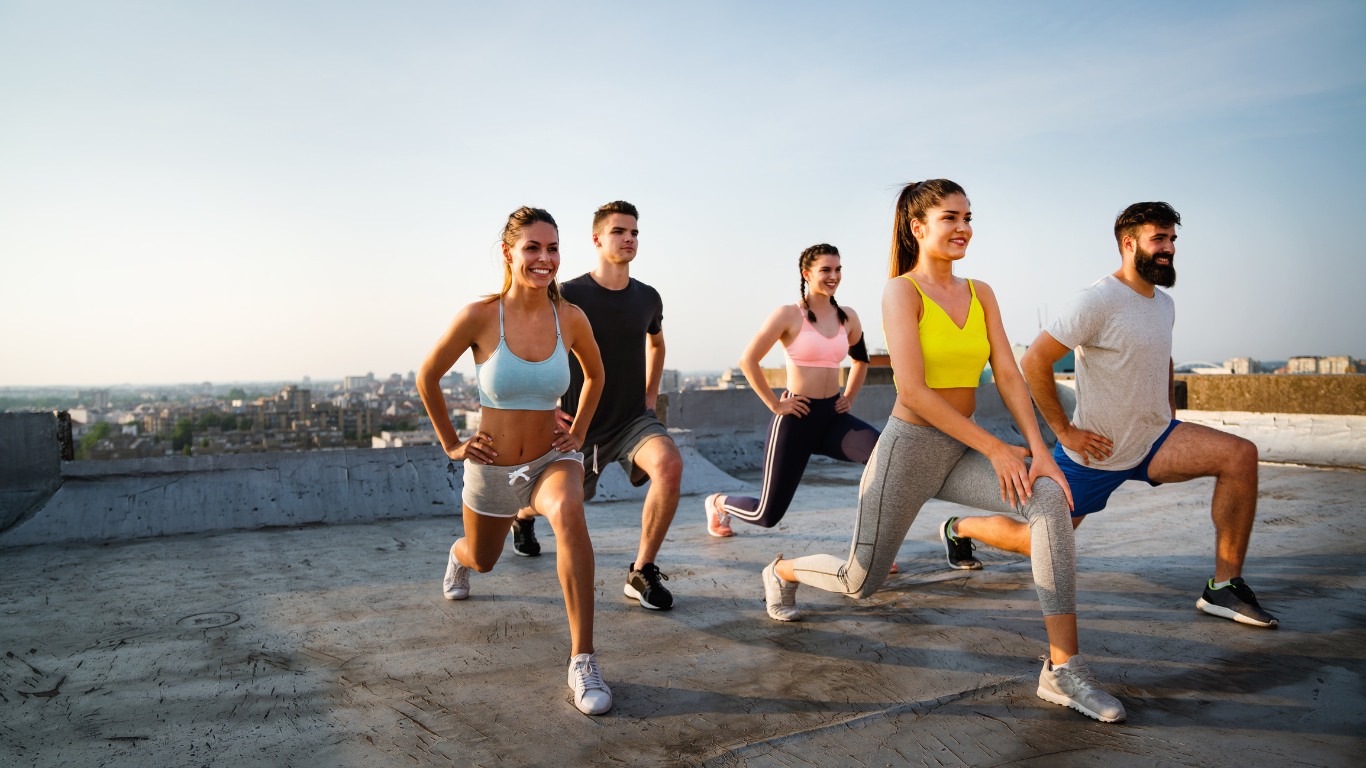
How to Choose the Right Fitness Program?
Choosing the right fitness program involves considering personal goals, preferences, and current fitness levels.
Personalization: Look for programs that cater to your specific goals, whether it’s weight loss, muscle building, or improving overall health.
Types: Explore various types of programs, such as online classes, in-person training, and fitness apps. Each offers unique benefits and flexibility.
Evaluating Effectiveness: Research and read reviews to ensure the program has a proven track record of success. Consult with fitness professionals if needed.
What Impact Does Sleep Have on Fitness?
Sleep is a critical component of overall health and fitness. It affects recovery, performance, and mental well-being.
Importance: Quality sleep allows the body to repair and build muscle, maintain energy levels, and regulate hormones.
Improvement Tips: Establish a regular sleep schedule, create a restful environment, and avoid stimulants like caffeine before bedtime.
How Does Hydration Affect Fitness?
Staying hydrated is essential for optimal fitness performance and overall health.
Importance: Hydration supports muscle function, joint lubrication, and temperature regulation. It also aids in digestion and nutrient absorption.
Tips: Drink water before, during, and after workouts. Monitor your hydration levels by checking urine color and maintaining a consistent intake throughout the day.
Common Myths: Contrary to popular belief, you don’t need sports drinks for most workouts. Water is sufficient for hydration unless engaging in prolonged, intense exercise.
What are the Best Fitness Apps for Women?
Fitness apps can provide guidance, motivation, and tracking capabilities to support your fitness journey.
Reviews: Research and read reviews to find apps that offer the features you need, such as workout plans, progress tracking, and nutritional guidance.
Features: Look for apps that provide personalized workout plans, video demonstrations, and community support.
Benefits: Fitness apps offer convenience, flexibility, and the ability to track your progress, making it easier to stay committed to your goals.

How to Incorporate Fitness into Daily Life?
Integrating fitness into your daily routine can be simple and effective with the right strategies.
Everyday Activities: Use opportunities in your daily life to stay active, such as taking the stairs, walking or biking to work, and doing household chores.
Practical Tips: Schedule regular exercise sessions, break workouts into shorter segments throughout the day, and make fitness a family activity.
What Role Does Flexibility Play in Fitness?
Flexibility is a key component of overall fitness, impacting performance, injury prevention, and daily activities.
Benefits: Improved flexibility enhances the range of motion, reduces muscle stiffness, and aids in the performance of various physical activities.
Exercises: Incorporate stretching routines, yoga, and dynamic warm-ups into your fitness regimen to improve flexibility.
How to Overcome Fitness Plateaus?
Fitness plateaus can be frustrating, but they are a natural part of the fitness journey. Overcoming them requires strategic changes.
Strategies: Vary your workout routine, increase intensity, and incorporate new exercises to challenge your body in different ways.
Mindset: Maintain a positive attitude and stay patient. Plateaus are temporary, and persistence will lead to progress.
Examples: Experiment with different workout formats, such as circuit training, interval training, or new sports.
What is the Importance of Warm-Up and Cool-Down?
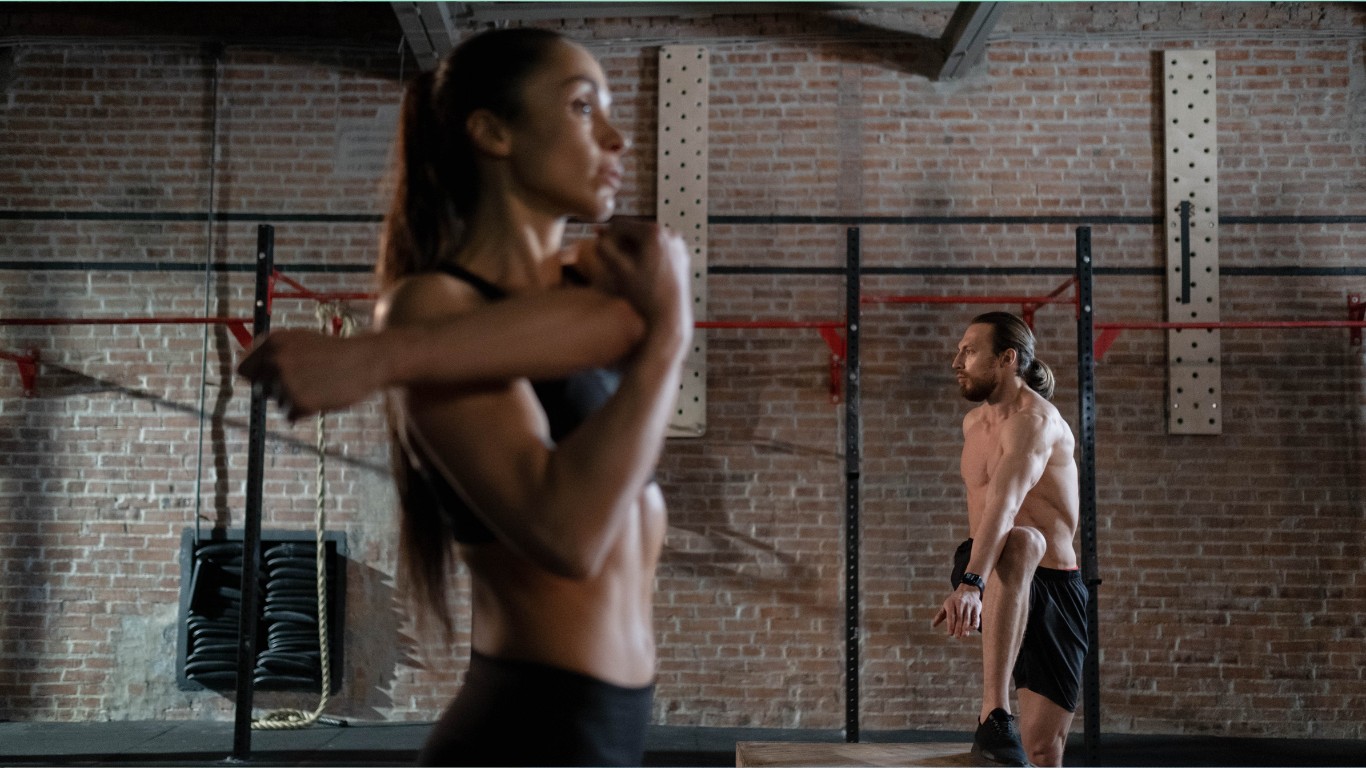
Warm-up and cool-down routines are essential for preparing the body for exercise and aiding recovery.
Techniques: A proper warm-up should include dynamic stretches and light cardio to increase blood flow and prepare muscles. Cool-down should involve static stretching and gentle movements to reduce muscle soreness.
Benefits: These routines help prevent injuries, improve performance, and enhance flexibility and recovery.
How to Get the Most Out of Your Workout?
Maximizing workout effectiveness involves focusing on efficiency, intensity, and recovery.
Efficiency: Plan your workouts to target multiple muscle groups and incorporate compound movements. Use time wisely by minimizing rest periods.
Intensity: Increase workout intensity through higher weights, faster pace, or more challenging exercises. Listen to your body and push your limits safely.
Recovery: Prioritize recovery with proper nutrition, hydration, sleep, and rest days. Incorporate techniques like foam rolling and stretching to aid muscle repair.
Are There Special Considerations for Pregnant Women in Fitness?
Fitness during pregnancy requires special considerations to ensure the safety and well-being of both mother and baby.
Safety: Consult with healthcare providers before starting or continuing a fitness routine. Focus on low-impact exercises and avoid activities with a high risk of falling or injury.
Benefits: Regular exercise during pregnancy can reduce back pain, improve mood, and enhance overall health. It also prepares the body for labor and delivery.
Exercises: Safe exercises include walking, swimming, prenatal yoga, and strength training with light weights.
How to Maintain Fitness While Traveling?

Traveling can disrupt fitness routines, but with some planning, you can stay active on the go.
Tips: Pack portable workout equipment, such as resistance bands and a jump rope. Look for hotel gyms or nearby parks for workouts.
Portable Equipment: Use bodyweight exercises and incorporate activities like walking, hiking, or swimming into your travel itinerary.
Routines: Create a travel-friendly workout plan that includes short, high-intensity sessions to maintain fitness levels.
What Are the Trends in Women’s Fitness?
Staying informed about the latest trends can keep your fitness routine fresh and exciting.
Innovations: Technology continues to influence fitness, with advancements in wearable devices, fitness apps, and online training programs.
Popular Programs: Trends include high-intensity interval training (HIIT), functional fitness, and mind-body practices like yoga and Pilates.
Future Directions: The future of women’s fitness may see more personalized approaches, increased focus on mental well-being, and continued integration of technology.
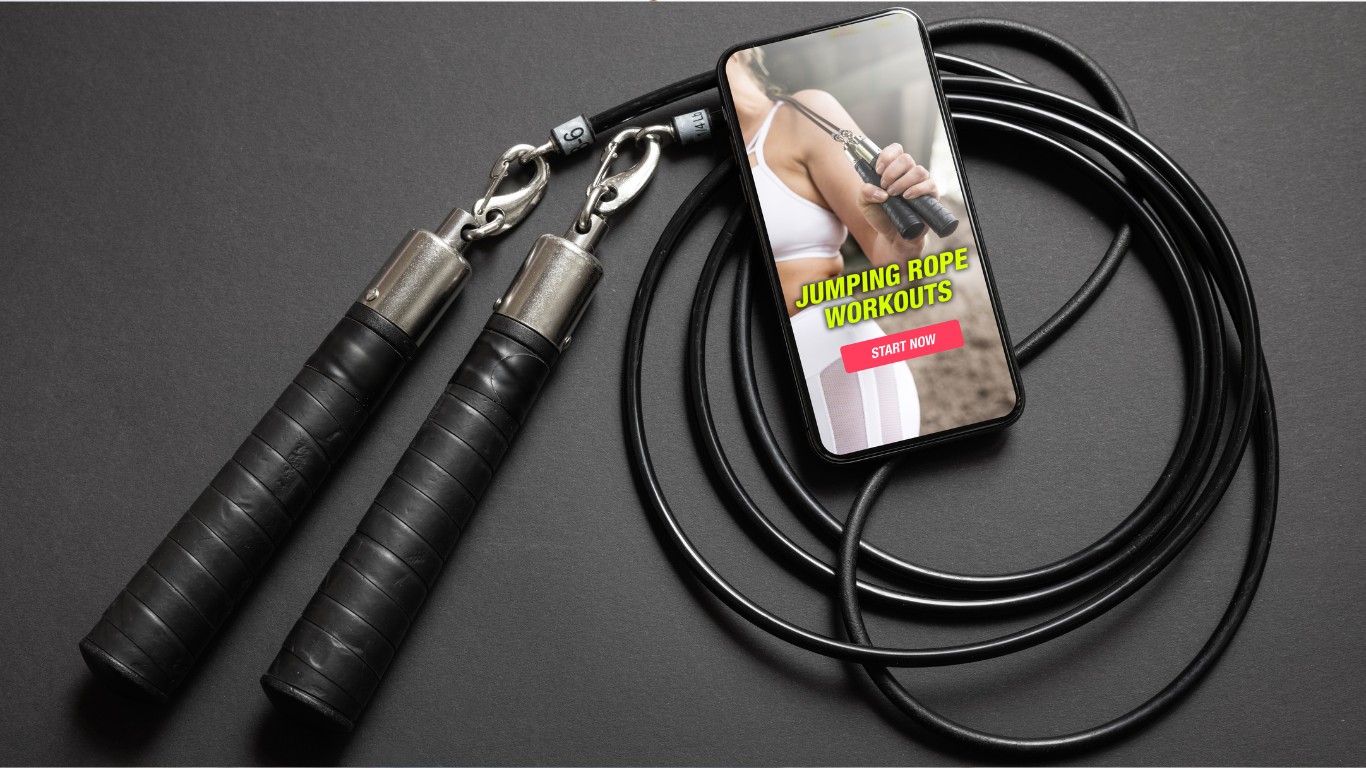
Women’s Fitness FAQ: Your Top Questions Answered
How can I lose weight effectively? Losing weight effectively involves a combination of regular exercise, balanced nutrition, and healthy lifestyle choices. Focus on creating a calorie deficit through a mix of cardio and strength training while maintaining a nutrient-dense diet.
Can strength training make me bulky? No, strength training will not make you bulky. Women typically lack the high levels of testosterone required for significant muscle hypertrophy. Instead, strength training helps in achieving a toned and sculpted physique.
Is it necessary to take supplements? While a balanced diet should provide most of the nutrients needed, some individuals may benefit from supplements, such as protein powders, vitamins, and minerals, especially if they have specific dietary restrictions or deficiencies.
How important is consistency in fitness? Consistency is crucial for achieving and maintaining fitness goals. Regular workouts, proper nutrition, and adequate rest all contribute to long-term success. It’s better to stay consistent with moderate efforts than to engage in sporadic intense workouts.
What should I do if I hit a fitness plateau? Overcoming a fitness plateau involves varying your workout routine, increasing intensity, and ensuring adequate recovery. Incorporate new exercises, adjust your workout frequency, and reassess your nutrition to break through the plateau.
Can I start exercising if I have never worked out before? Absolutely! It’s never too late to start exercising. Begin with low-impact activities and gradually increase intensity as your fitness improves. Consulting with a fitness professional can help tailor a program to your needs and goals.
Conclusion
Embarking on a fitness journey as a woman comes with its unique set of challenges and rewards. By addressing common questions and misconceptions, this guide aims to empower women with the knowledge and confidence to pursue their fitness goals effectively. Remember, every step taken towards better fitness contributes to improved health, well-being, and quality of life. Stay motivated, stay
I hope you like this article on women’s FAQ’s,If you found it helpful, please share it with your friends and fitness community. Your support helps us create more valuable content. Thank you!
more about:
HEALTH / WELLNESS / FITNESS / NUTRITIO
